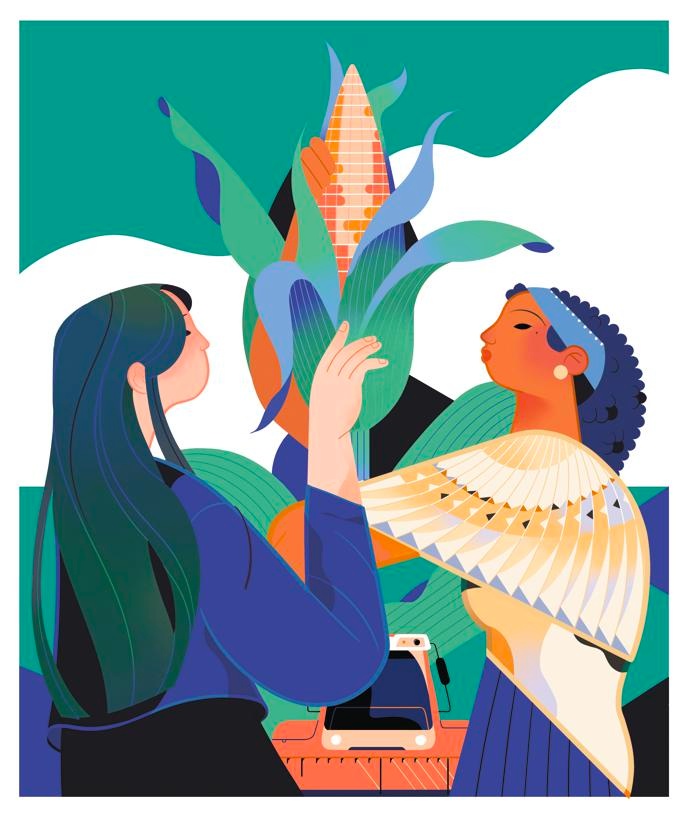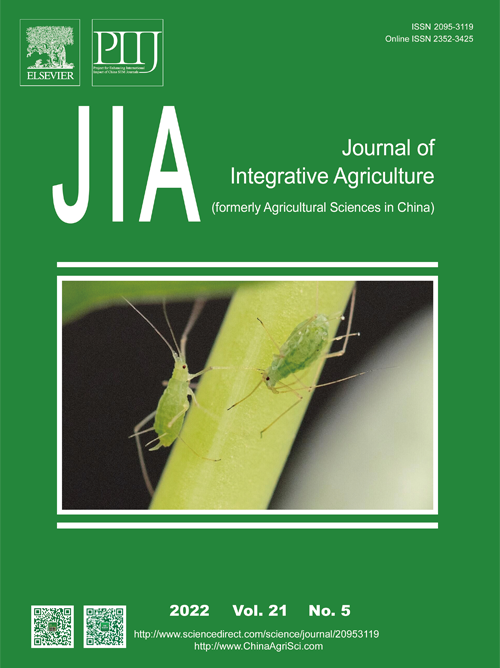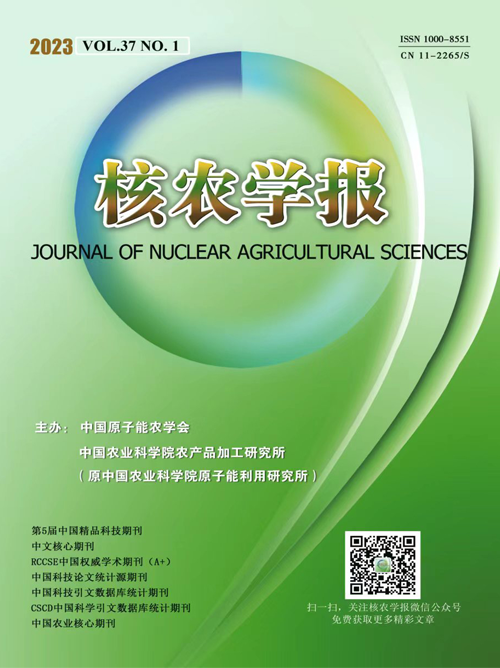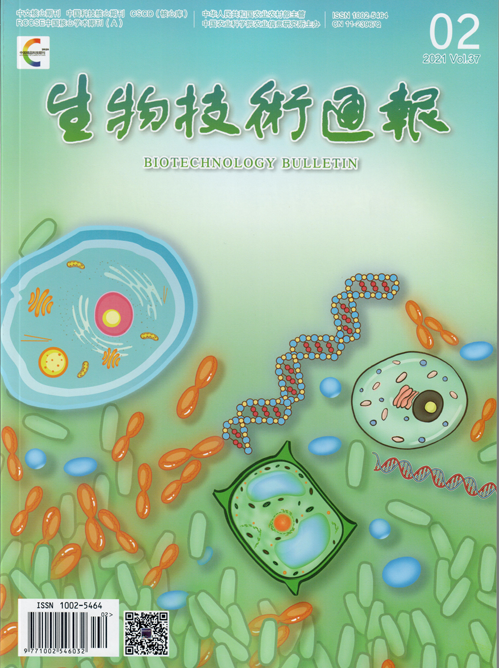[China Daily] Food security net

SONG CHEN/CHINA DAILY
Sino-African cooperation is helping African countries to become self-sufficient in food and end hunger on the continent
Feeding the 1.4 billion people in Africa has been a challenge for the African Union and its 55 member states. Data from the Food and Agriculture Organization of the United Nations have shown that 346.4 million Africans suffered from severe food insecurity in 2021 and another 452 million people from moderate food insecurity. Unfortunately, food insecurity is linked to poverty in Africa.
Africa, however, has an opportunity to learn from China, which suffered from severe food insecurity in the 1950s and 1960s and has bounced back to food sufficiency and food surplus with the use of modern technologies and high-yield crop varieties. China currently produces about 20 percent of the world's food, although it has just 9 percent of the world's arable land. While nearly 30 percent of Africa's food must be imported from other continents, it holds 65 percent of the world's uncultivated land. This limits financial resources for developing other sectors of the economy such as education, defense, transport infrastructure, health and scientific research.
The emergence of China from food insecurity in the 1950s and 1960s to food self-sufficiency today, shows that there are experiences Africa can learn from China through China-Africa agricultural cooperation. A lot has already been achieved under the auspices of China-Africa agricultural cooperation, and the success stories are rather inspiring, including the sharing of high-yield crop germplasm materials with Africa. For example, scientists from the Chinese Academy of Agricultural Sciences have shared over 1,000 green super rice varieties with some African countries where their yields show increase of over 20 percent compared to local African varieties. Sesame breeding by Chinese scientists and their African collaborators has also led to over 50 percent increases in yields compared to the local varieties grown in Africa.
Research collaboration between Africa and the Chinese Academy of Tropical Agricultural Sciences has also contributed hugely to the success of the China-Africa agricultural cooperation. The academy has, for example, introduced over 30 new crop varieties (including South China No 5 cassava and Reyan No 5 Stylosanthes), more than 50 new technologies and more than 20 kinds of equipment to Africa. The average yield of the South China No 5 cassava in Africa is 37.5 metric tons per hectare, which is four times higher than the local varieties. The Chinese Academy of Tropical Agricultural Sciences has therefore been very instrumental in technology and germplasm transfer to Africa. The Guangxi Academy of Agricultural Sciences has also provided technical support for China Railway 5 Bureau Group to invest in the cassava industry in Cameroon, which has helped to reduce poverty and boost the income of local farmers.
And realizing that capacity building through training is key to achieving sustainable agricultural productivity, China has established joint laboratories in Africa for advanced research. These include the establishment of the Sino-Egyptian Joint Laboratory for Agricultural Green Development by the Institute of Agricultural Resources and Regional Planning of the Chinese Academy of Agricultural Sciences and Egypt's National Authority for Remote Sensing and Space Sciences for joint research in remote sensing-based monitoring and efficient utilization of water sources, and the Sino-African Joint Laboratory in Nairobi, Kenya, built by the Chinese Academy of Sciences to promote biodiversity studies.
As for Africa's capacity building in agriculture R&D, the Chinese Academy of Agricultural Sciences has trained more than 1,530 agricultural technicians from African countries such as Rwanda, Tanzania, Mauritania and Angola. Specifically, 276 PhD candidates from 38 African countries were trained in July 2023. In addition, training courses for African agricultural technicians are provided every year to bridge the gap in crop breeding and cultivation, plant disease and pest control, animal disease monitoring and control, biomass energy and agricultural machinery.
The China-Africa Agricultural Science Technology and Innovation Alliance has also been established for stronger China-Africa agricultural cooperation in the promotion of science, technology and innovations for sectoral development through collaborative research, germplasm exchange, joint capacity building and exchanges of scientists and students.
Africa is huge in size with different agro-ecologies. For China-Africa agricultural science technology and innovation and for the purposes of research and crop production, it may also prove useful to dividing the continent into major crop-producing and consuming areas. For example, cassava research in countries of West Africa, Central Africa, down to the Democratic Republic of the Congo and Mozambique; common bean research in countries of Eastern and Southern Africa; rice and cowpea research in Mozambique and countries of West Africa; soybean, groundnut and maize in all countries of sub-Saharan Africa, etc. That way, scientists from countries of the AU regions that are best known for producing and consuming certain crops can actively participate in the joint research with Chinese scientists to develop technologies for increasing the yields of those crops. Food surpluses produced from the use of modern technologies can then be traded between and among countries of the AU regions under the auspices of the Africa Continental Free Trade Area, and/or exported to China as a win-win outcome of the China-Africa agricultural cooperation. That way, food security is guaranteed for both China and Africa.
The working tenets of the China-Africa Agricultural Science Technology and Innovation Alliance under the auspices of the China-Africa agricultural cooperation represents an excellent model for South-South Cooperation. Mapping out agro-ecologies with commonly grown and consumed crops across Africa, and developing new technologies and high-yield varieties of these crops for the different agro-ecologies are an important first step to ensuring food security in Africa and China under a changing climate.
In the future, China and Africa should deepen agricultural cooperation through various forms of South-South cooperation, and fully tap Africa's agricultural potential to achieve sustainable development.
The author is a fellow and former president of the African Academy of Sciences and the professor at Tshwane University of Technology, South Africa. The author contributed this article to China Watch, a think tank powered by China Daily. The views don't necessarily reflect those of China Daily.
Contact the editor at editor@chinawatch.cn
- [工人日报]我国科学家破译油菜害虫西北斑芫菁染色体水平基因组2025-04-25
- [新京报]177.65公斤 新品种刷新我国三熟制模式下油菜单产纪录2025-04-25
- 奶牛瘤胃微生物优势脲酶结构与绿色脲酶抑制剂2025-04-25
- 蛋白乙酰化修饰调控大口黑鲈肝脏炎症和纤维化进程2025-04-25
- 陆地棉与海岛棉叶片细胞类型的保守与分歧2025-04-25
- 能调控水稻粒重的新基因“鲲鹏”2025-04-25
- 杨振海走进树人讲堂 为研究生作专题讲座2025-04-25
- 纳米尺度“破译”镉与吸附材料间的相互作用2025-04-25
- 核酸标准物质新进展2025-04-25
- 抗病毒基因的敲除可提高植物病毒载体介导的蛋白表达2025-04-25







